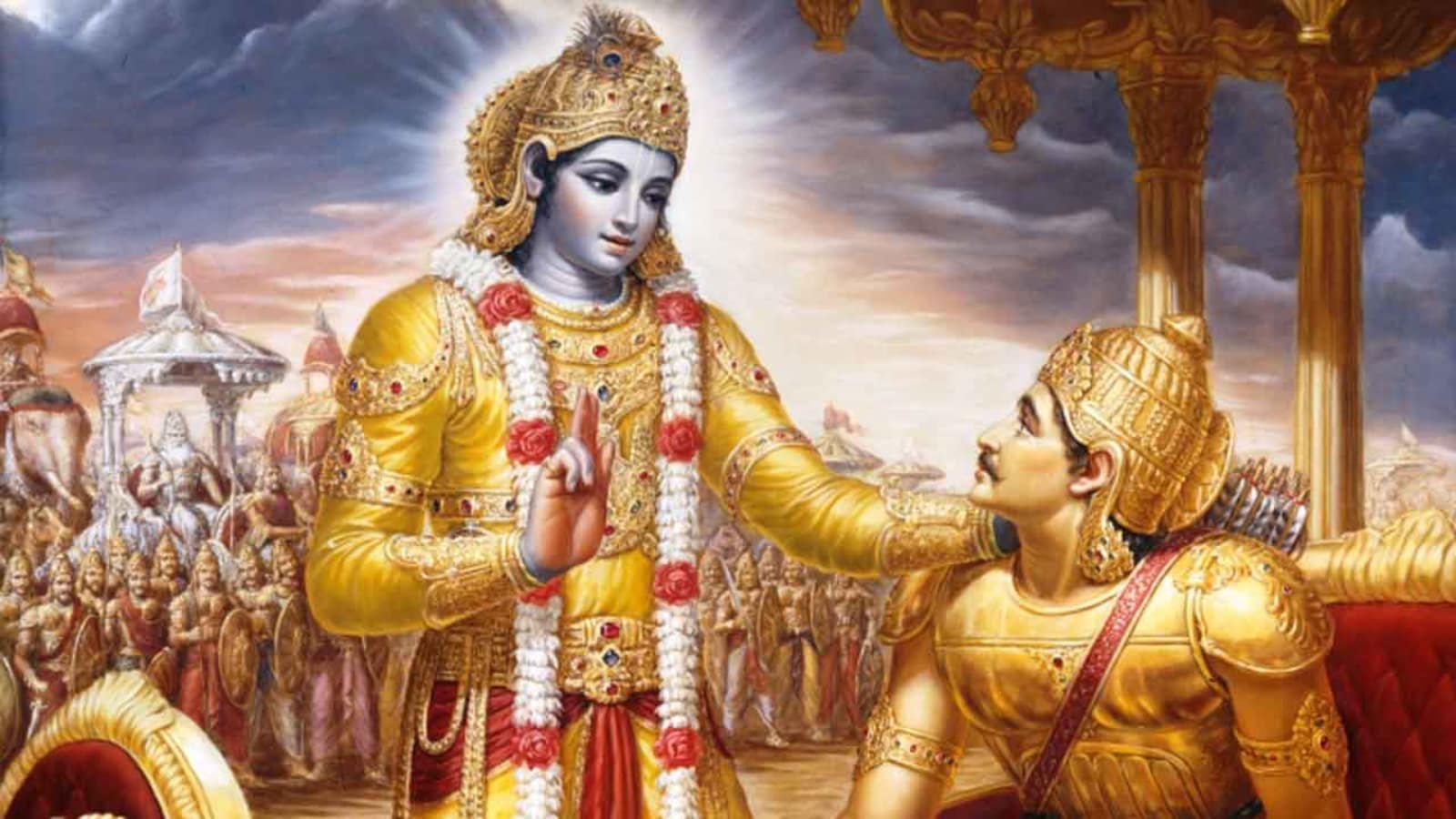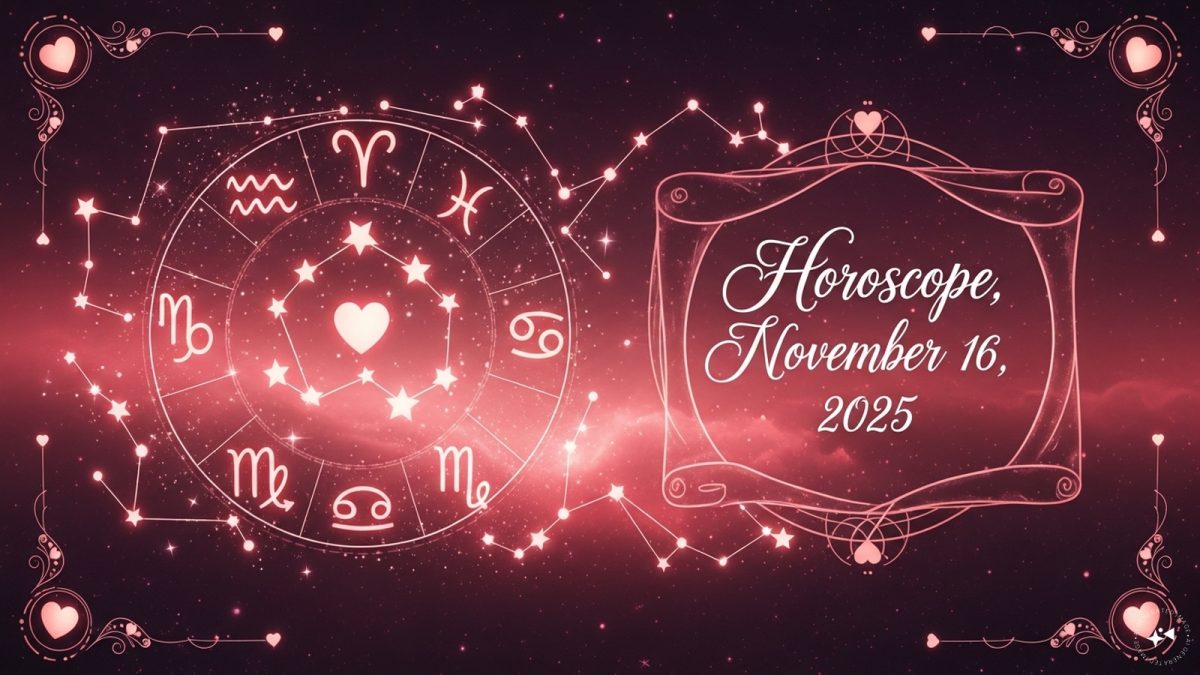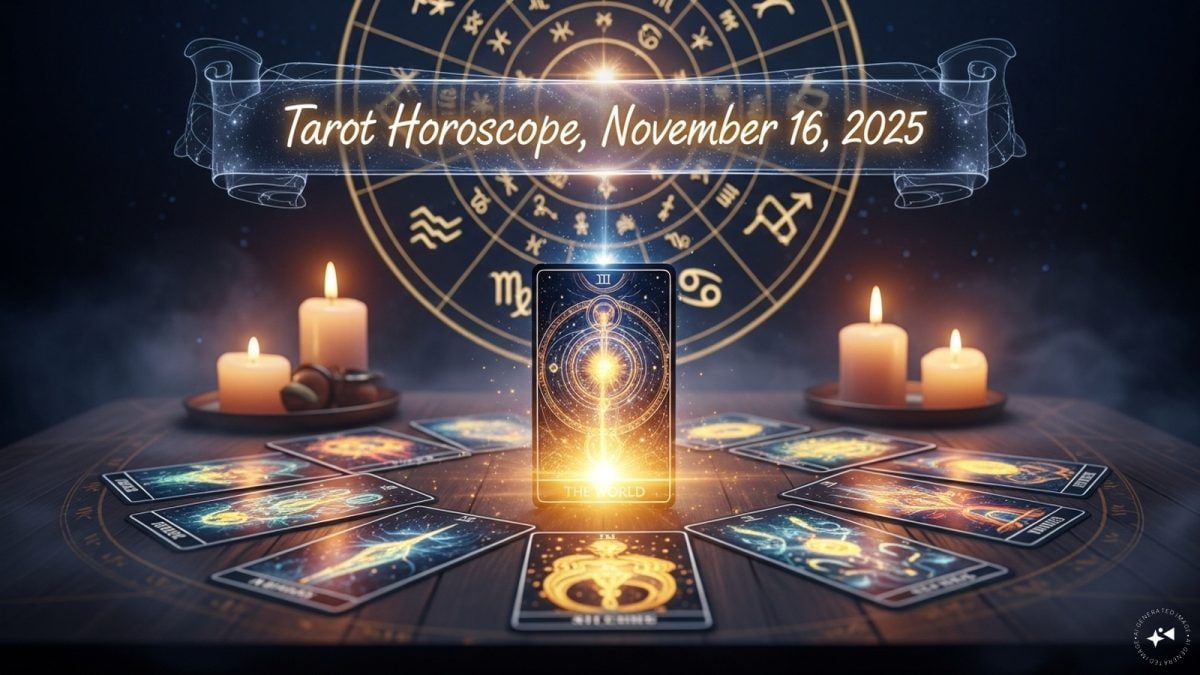Last Updated:
Lord Krishna opened his third eye twice in the Mahabharata: to save Arjun from Karna’s weapon and to protect the unborn heir Parikshit from Ashwatthama’s Brahmastra.

Lord Krishna saved Arjun from Karna’s weapon with his third eye.
For most devotees, Lord Krishna is remembered as the flute-playing divine guide, the strategist of Kurukshetra, and the eternal protector of dharma. But few know that Krishna, like Lord Shiva, is also believed to have possessed a third eye, the ‘Divya Netra’, a source of immeasurable cosmic power. In most traditions, Krishna kept this eye closed, for its energy was said to be so intense it could shake the foundations of the universe.
Yet in the Mahabharata, ancient lore and certain Bhagavata traditions tell of two extraordinary moments when Krishna opened his third eye, not to display power but to save the Pandavas lineage from annihilation.
First Time: When Karna’s Arrow Almost Ended Arjun’s Life
The Karna Parva of the Mahabharata narrates a tense scene on the battlefield. Arjun, locked in a fierce duel with Karna, faced a weapon of unmatched power, the Vasavi Shakti – gifted to Karna by Indra himself. Krishna, acting as Arjun’s charioteer, knew that this single strike could pierce through any defence and end Arjun’s life in an instant.
At the critical moment, Krishna is said to have opened his third eye. Witnesses described a blinding burst of light erupting from his forehead, stunning the warriors on both sides. The sudden radiance broke Karna’s focus for just a heartbeat, long enough for Arjun to seize the moment and launch his decisive counterattack. Karna fell, and with him, the threat of the weapon’s use on Arjun vanished.
Scholars and storytellers note that in this moment, Krishna did not merely intervene; he revealed a glimpse of his Vishnu form. Many warriors, including Arjun, are said to have been left in awe, understanding fully that their charioteer was none other than the Supreme Being himself.
Second Time: Protecting The Unborn Heir From Ashwatthama’s Brahmastra
The war was over, but danger had not passed. In the grim hours after the infamous Night Massacre (Sauptika Parva), Ashwatthama, consumed by vengeance, infiltrated the Pandava camp, killing Draupadi’s sons in their sleep. Later, when confronted, he unleashed the ultimate weapon, the Brahmastra, targeting the unborn child of Abhimanyu’s widow, Uttara.
That child, later named Parikshit, was the last surviving heir of the Pandava bloodline. His death would have meant the end of the dynasty.
At that instant, Krishna again opened his third eye. The earth is said to have trembled under the surge of divine energy. The cosmic light neutralised the Brahmastra before it could strike, saving both mother and child. Ashwatthama, overwhelmed, surrendered. He handed over his forehead jewel to Krishna and departed, cursed to roam the earth for eternity without salvation.
Why Krishna’s Third Eye Remained Closed
According to spiritual traditions, Lord Krishna’s third eye was not meant for frequent use. It was believed to combine the supreme knowledge and destructive potential of Shiva’s eye with the divine power of Vishnu’s Sudarshan Chakra. Keeping it closed was an act of mercy, an open third eye could dissolve creation itself in an instant.
In teaching restraint, Krishna demonstrated that true power lies in control, not display. His rare decision to open the third eye came only when cosmic balance was at stake.
The third eye is a recurring symbol across Hindu lore. Lord Shiva opened his in anger to incinerate Kamadeva, to control the effects of the deadly Halahal poison after Samudra Manthan, and to defeat the demon Andhakasura by preventing his blood from spawning new monsters. Goddess Durga and Kali are also sometimes depicted with a third eye, representing their unyielding force against evil.
view comments
Read More







